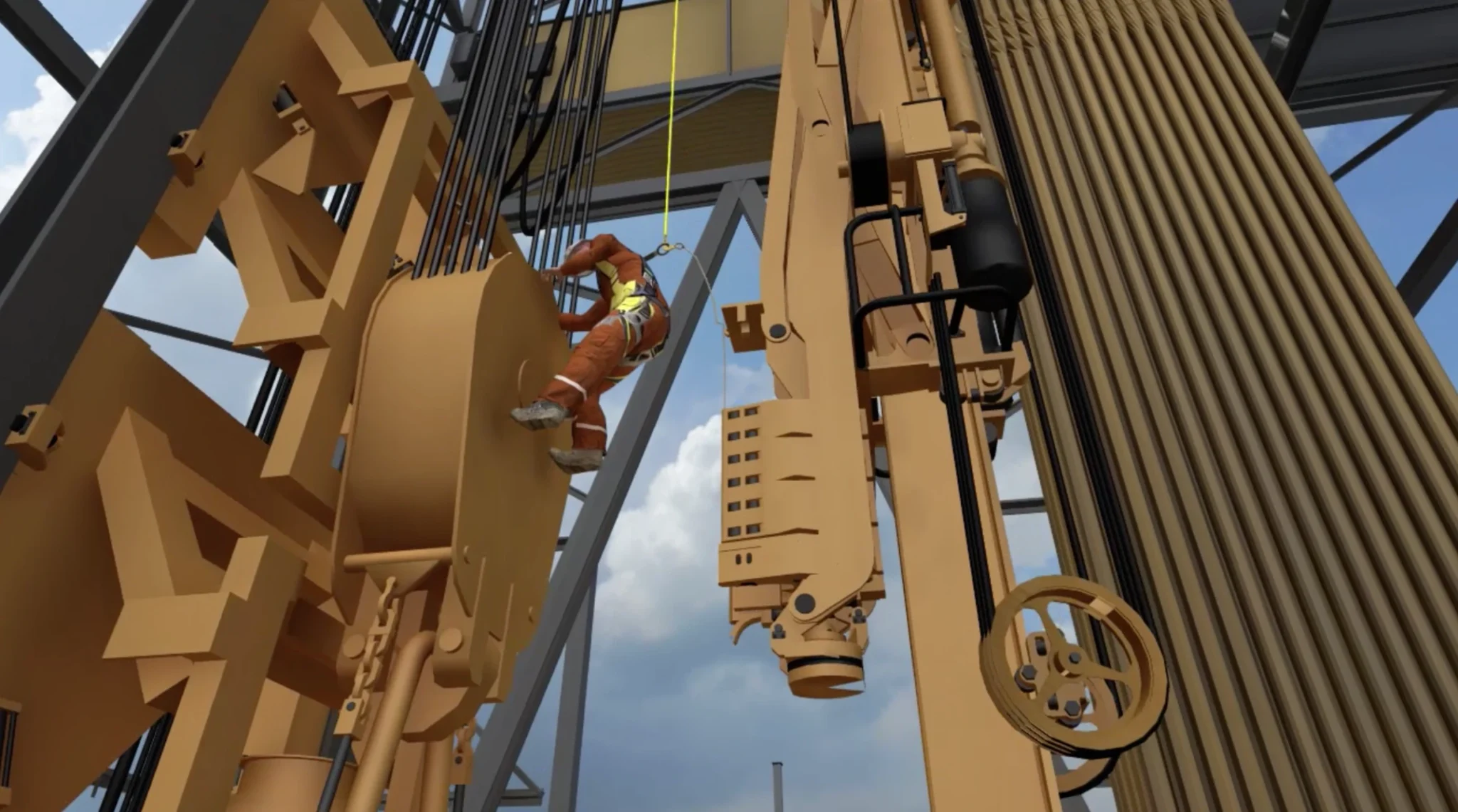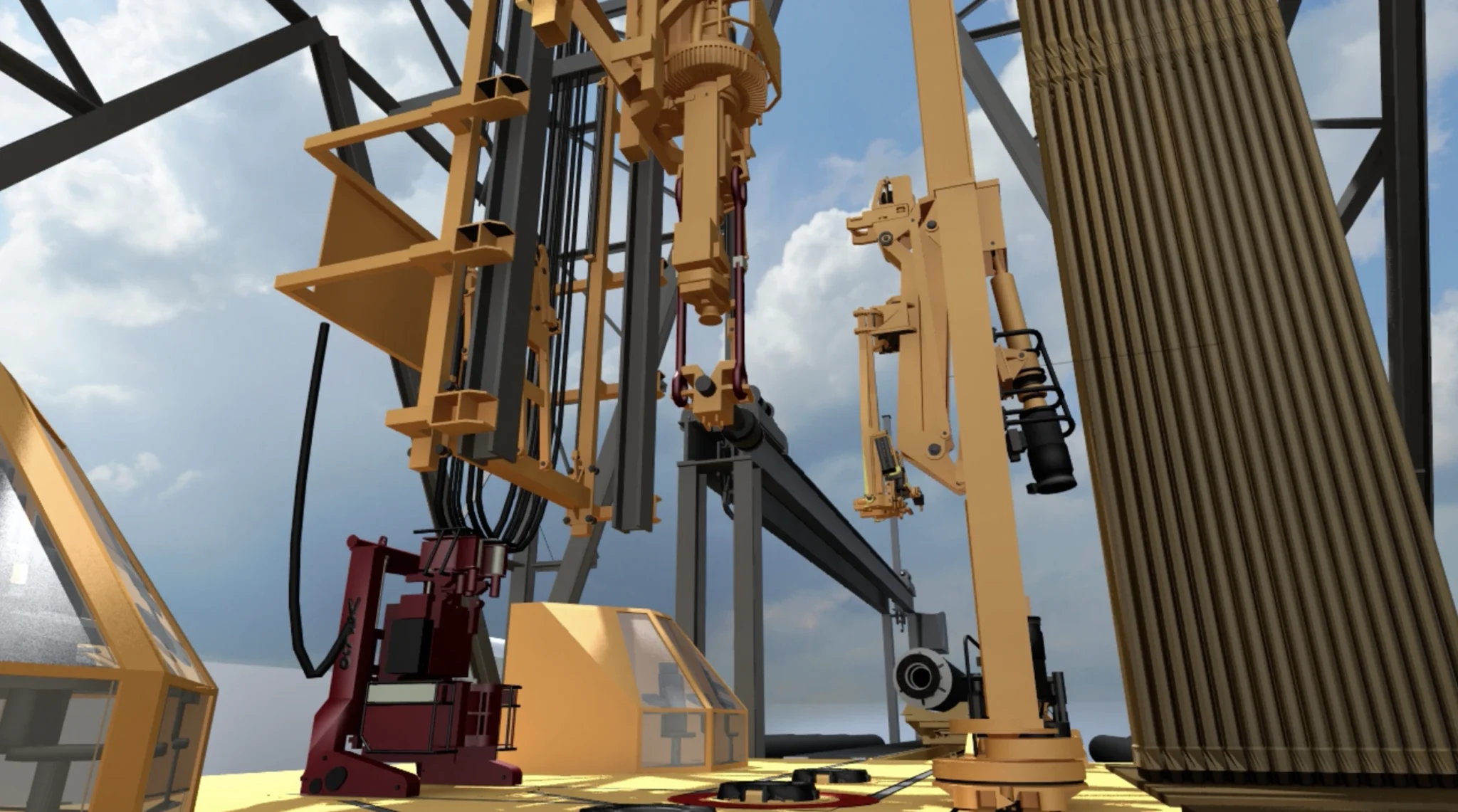legal animation companies
Once an individual comprehends the context and corroborating evidence through a visual depiction, their likelihood of retaining it for future decision-making significantly improves. Typically, the incorporation of visual aids enhances the retention of spoken information by at least 50%. Edgar Dale's theory, known as the Cone of Experience, provides evidence to support this idea.
Witness the compelling impact of animation by observing a brief eight-second segment of the following video. Although initially devised for a motor vehicle collision lawsuit, this footage effectively exemplifies how swiftly a jury can grasp the details of any event we choose to portray.
A visual presentation can effectively demonstrate and reinforce the essential aspects of the expert witness's statement. Not only does this simplify comprehension for the jury, but a skillfully constructed animation can also enhance the emotional bond between the jury and your plaintiff's circumstances.



